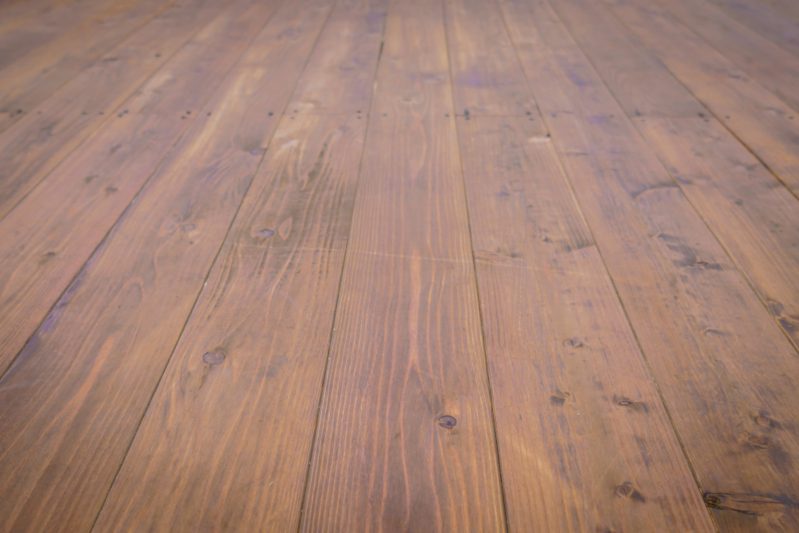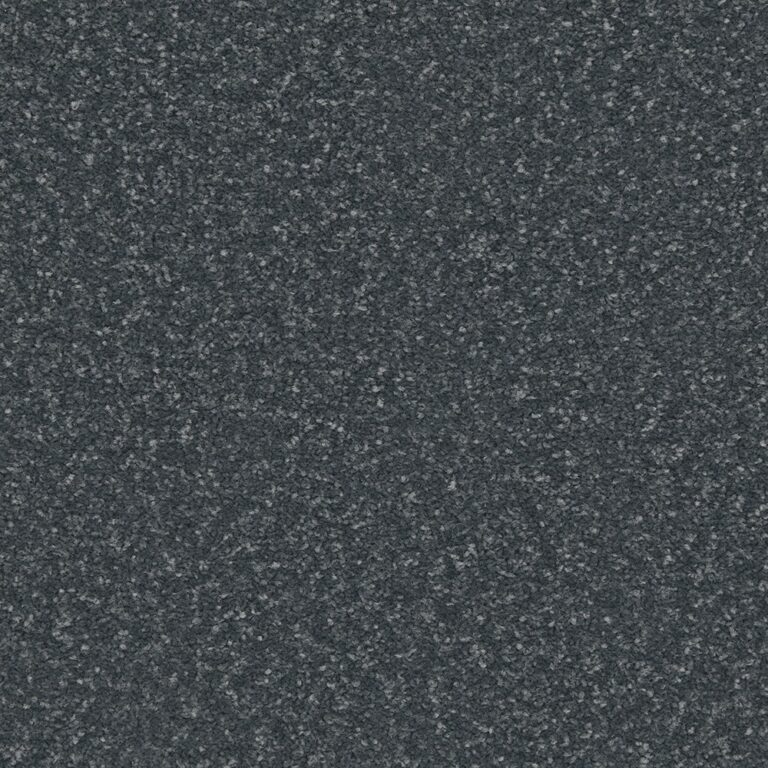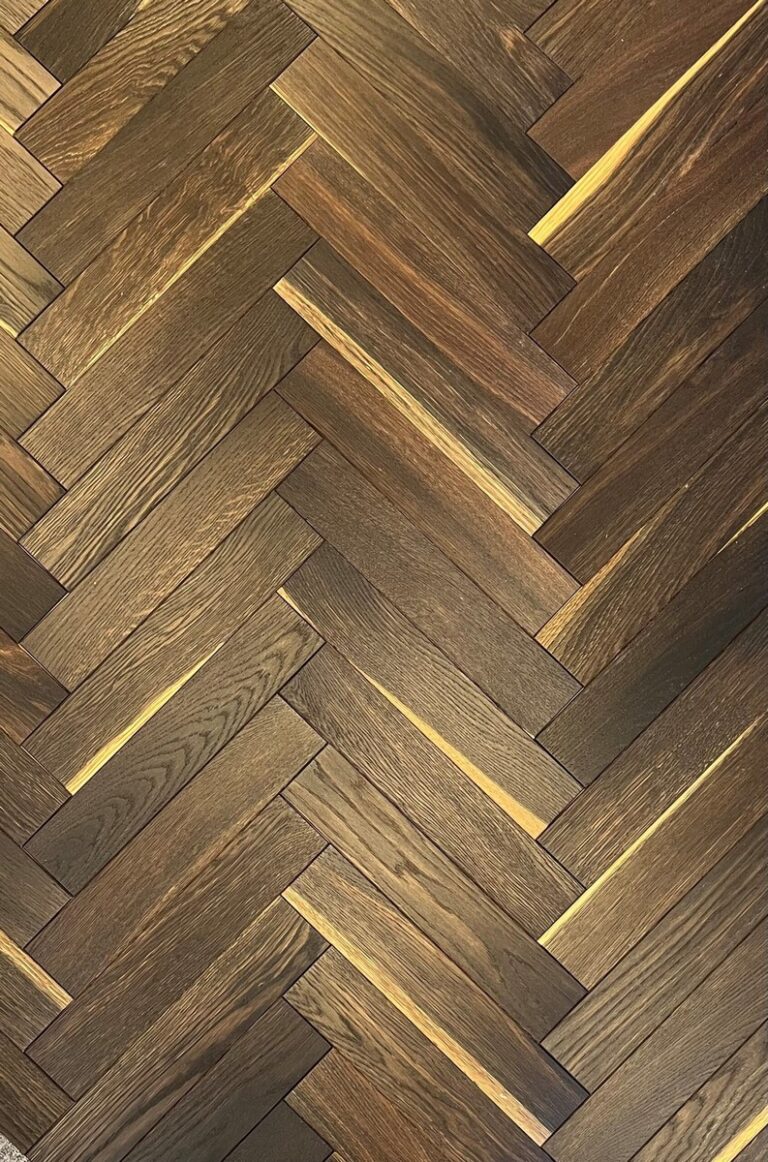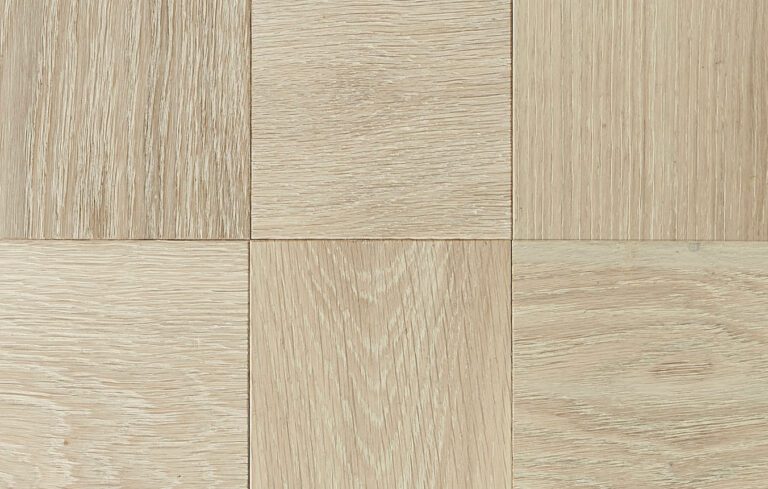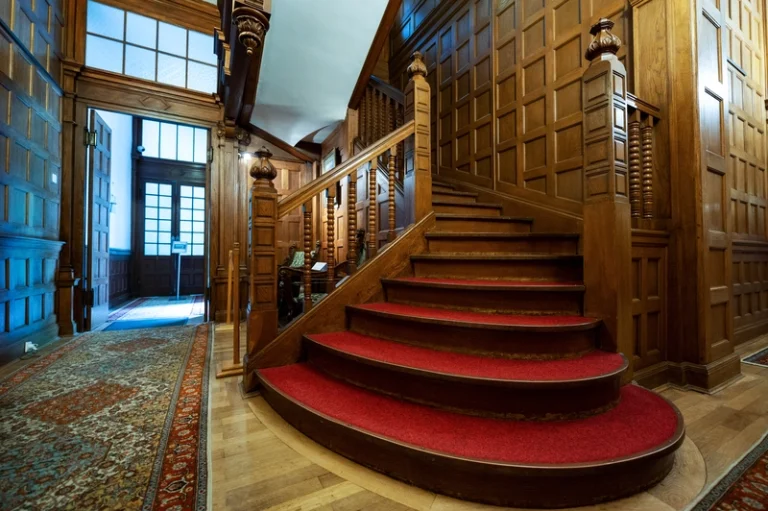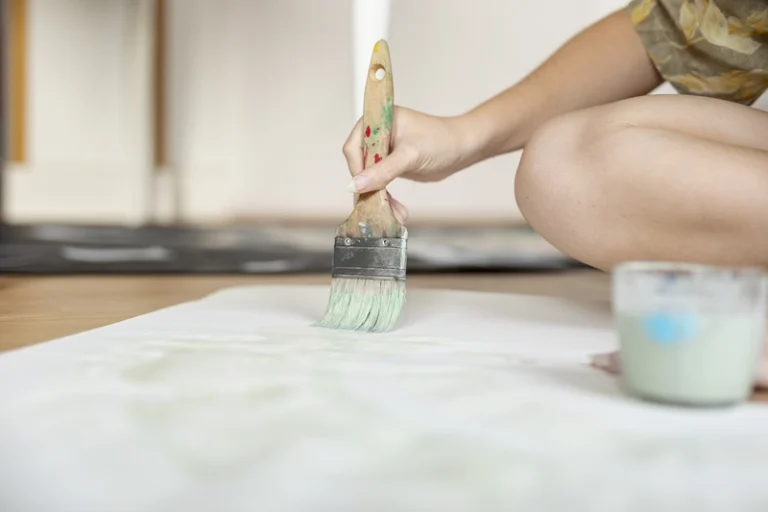Choosing the right wood for your flooring can be a daunting decision. Two contenders often steal the spotlight: solid wood vs engineered wood. Each brings its unique charm, characteristics, and considerations to the table, and understanding the differences is key to making an informed choice.
Solid Wood vs Engineered Wood: Characteristics Unveiled
1. Solid Wood: Timeless and Authentic
Solid wood flooring is crafted from a single piece of wood, offering a timeless and authentic appeal. Its natural variations in grain and colour provide a unique touch to each plank, telling a story of the tree’s growth and history.
Known for its warm and inviting aesthetics, solid wood exudes a classic charm that stands the test of time, creating an atmosphere of warmth and elegance in any room.
2. Engineered Wood: Versatile and Stable
Engineered wood consists of multiple layers, with a top layer of real wood. This construction enhances stability and reduces the risk of warping or cupping, making it suitable for various environments. The layered composition also adds dimensional stability, allowing for wider planks.
Engineered wood retains the natural beauty of real wood while offering versatility in installation and a more budget-friendly option. The engineered structure allows for a smoother, more uniform appearance, making it a contemporary choice for modern interiors.
Solid Wood vs Engineered Wood: The Difference in Function
1. Solid Wood: Limited Moisture Tolerance
Solid wood is susceptible to moisture and temperature changes, making it less ideal for areas with high humidity, such as basements or bathrooms. Proper acclimatization before installation is crucial to minimize the risk of expansion or contraction.
Solid wood is typically nailed or stapled down, limiting its installation options compared to engineered wood. It requires a stable subfloor and is best suited for above-grade spaces.
While solid wood can be sanded and refinished multiple times, it is more susceptible to scratches and dents. However, some homeowners appreciate the authentic wear and tear, considering it part of the wood’s character.
2. Engineered Wood: Enhanced Moisture Resistance
Engineered wood’s layered construction provides better resistance to moisture, making it suitable for areas prone to humidity fluctuations. Its stability makes it suitable for basements or other moisture-prone areas.
Engineered wood can be installed as a floating floor or glued down, allowing more flexibility in various spaces. It can be installed over concrete or existing flooring, expanding its application.
While engineered wood may have limited refinishing options, its layered construction often makes it more resistant to scratches and dents. The top layer, although thinner, can still withstand regular wear, especially in high-traffic areas.
3. Cost Considerations: Pros and Cons of Solid Wood vs Engineered Wood Flooring
Solid wood may have a higher upfront cost, but its longevity and ability to be refinished multiple times can make it a cost-effective long-term investment. Engineered wood, on the other hand, offers a similar aesthetic at a more affordable price but may require replacement rather than refinishing over time.
The upfront investment in solid wood can pay off over the years, as its refinishing capabilities can extend its lifespan. Engineered wood, while more budget-friendly initially, may incur replacement costs in the long run.
Maintaining Your Investment: Solid Wood vs Engineered Wood Flooring
Solid Wood Flooring Maintenance
Sweep or vacuum regularly to remove dirt and debris that can cause scratches. Use a soft bristle attachment to prevent damage to the wood’s surface.
Use a humidifier or dehumidifier to maintain stable humidity levels and prevent warping. Consider using area rugs in high-traffic areas to minimize wear.
Schedule periodic refinishing to renew the surface and address wear and tear. This process involves sanding down the top layer to remove scratches and applying a new finish.
Engineered Wood Flooring Maintenance
Wipe spills promptly, and use a damp mop for regular cleaning. Avoid excessive moisture, as prolonged exposure can damage the top layer.
Use rugs or mats in high-traffic areas to reduce wear on the surface layer. Felt pads on furniture legs can prevent scratches.
Assess the condition of the top layer and consider replacement if extensive wear occurs. Replacing individual planks is an option, while engineered wood can’t be refinished as often as solid wood.
In the grand battle of solid wood vs engineered wood, the decision ultimately comes down to personal preference, budget, and the specific needs of your space. Armed with these insights, make an informed choice that enhances your home’s aesthetics and stands the test of time.
Even so, we still recommend you to use engineered wood because it provides more benefits and offers an affordable price. Here are some delightful patterns that may interest you: Chevron, Herringbone, Straight or Tiles. To understand more about choosing and buying engineered wood, we recommend you to reach our expert to guide you to the perfect-match product just for you at our website.
Read also: Engineered Wood Flooring VS Laminate: Which One Is The Best?







